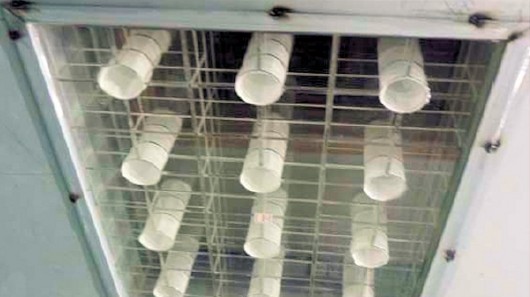
At first glance it might seem that the increased isolation of the diffraction resonator window is what’s acoustically attractive, which it is. But the other part that’s really cool about it is that you can now have lots of glass in the studio and not have to worry about its reflective properties the way you do with normal glass, since it’s absorbing those reflections while leaving light, and even air, in.
There’s no word on when the diffraction resonator window will hit the market, but they’re supposedly fairly simple to manufacture. That means that we may soon see lots of natural light in future studios everywhere.
If you’re interested in improving the acoustics of your studio, check out The Studio Builder’s Handbook. You can read some excerpts at bobbyowsinski.com.

